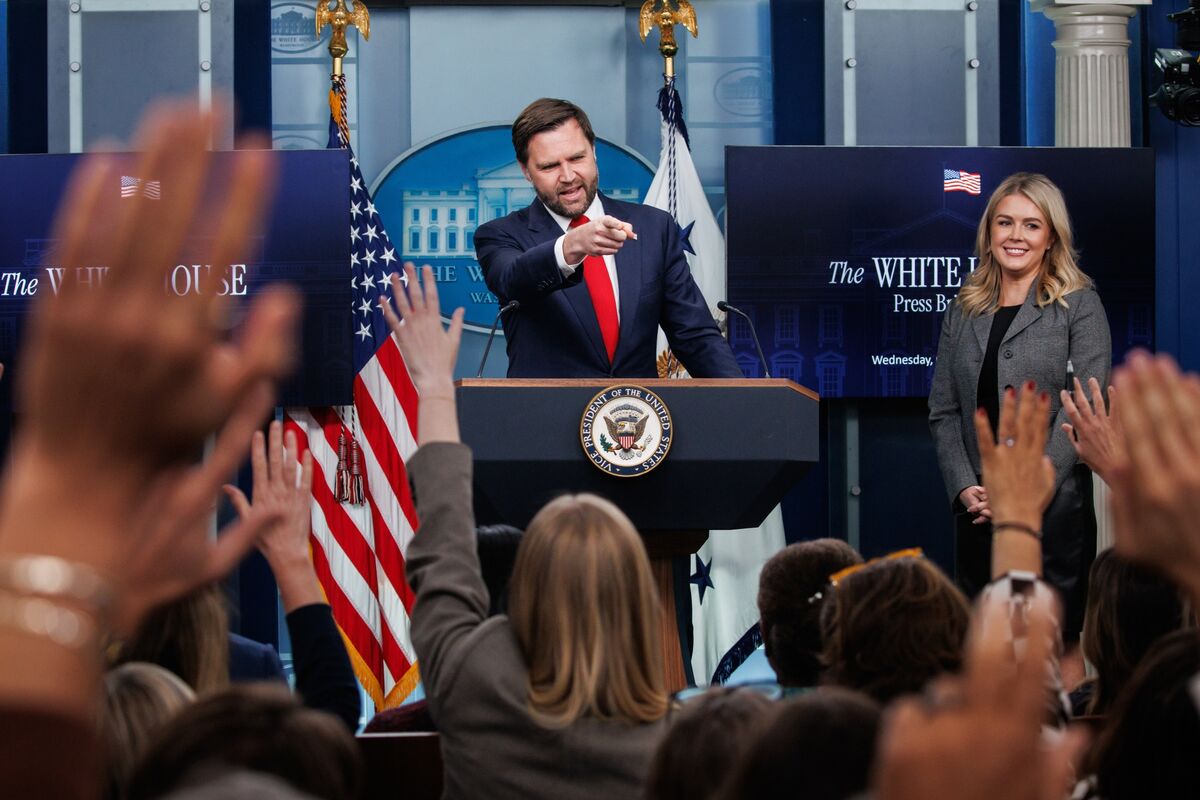The White House's strategic pivot to Vice President JD Vance as the primary spokesperson in the government shutdown negotiations underscores a critical shift in messaging and approach. Vance's demeanor contrasts sharply with President Donald Trump's more combative style; he has adopted a lighter, more disciplined communication strategy that aims to resonate with a broader audience. This change is particularly significant as the administration navigates the complexities of bipartisan negotiations, where maintaining public support and fostering cooperation among lawmakers is essential. Vance's role highlights the administration's recognition of the need for a more nuanced approach in addressing the potential fallout from a government shutdown.
The implications of Vance's emerging leadership are profound, as his ability to engage with both the public and Congress could determine the outcome of the shutdown standoff. By positioning Vance as a more relatable figure, the White House hopes to mitigate the divisive rhetoric that often accompanies budgetary disputes. This strategy not only aims to unify the party but also seeks to appeal to moderate voters who may be disillusioned by traditional political tactics. Ultimately, Vance's effectiveness in this role could redefine the administration's approach to crisis management and set a precedent for future negotiations, emphasizing the importance of tone and strategy in political communication.








